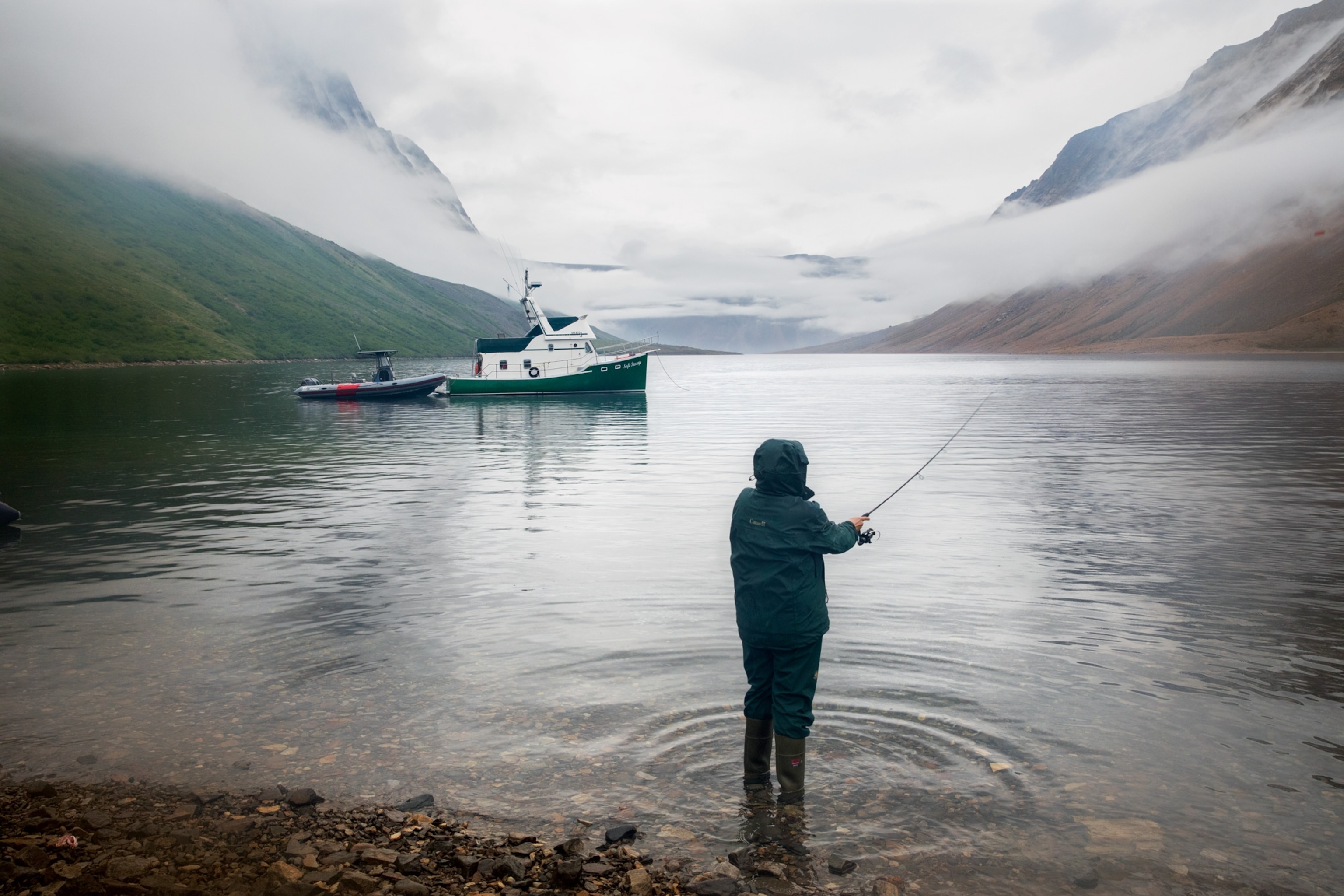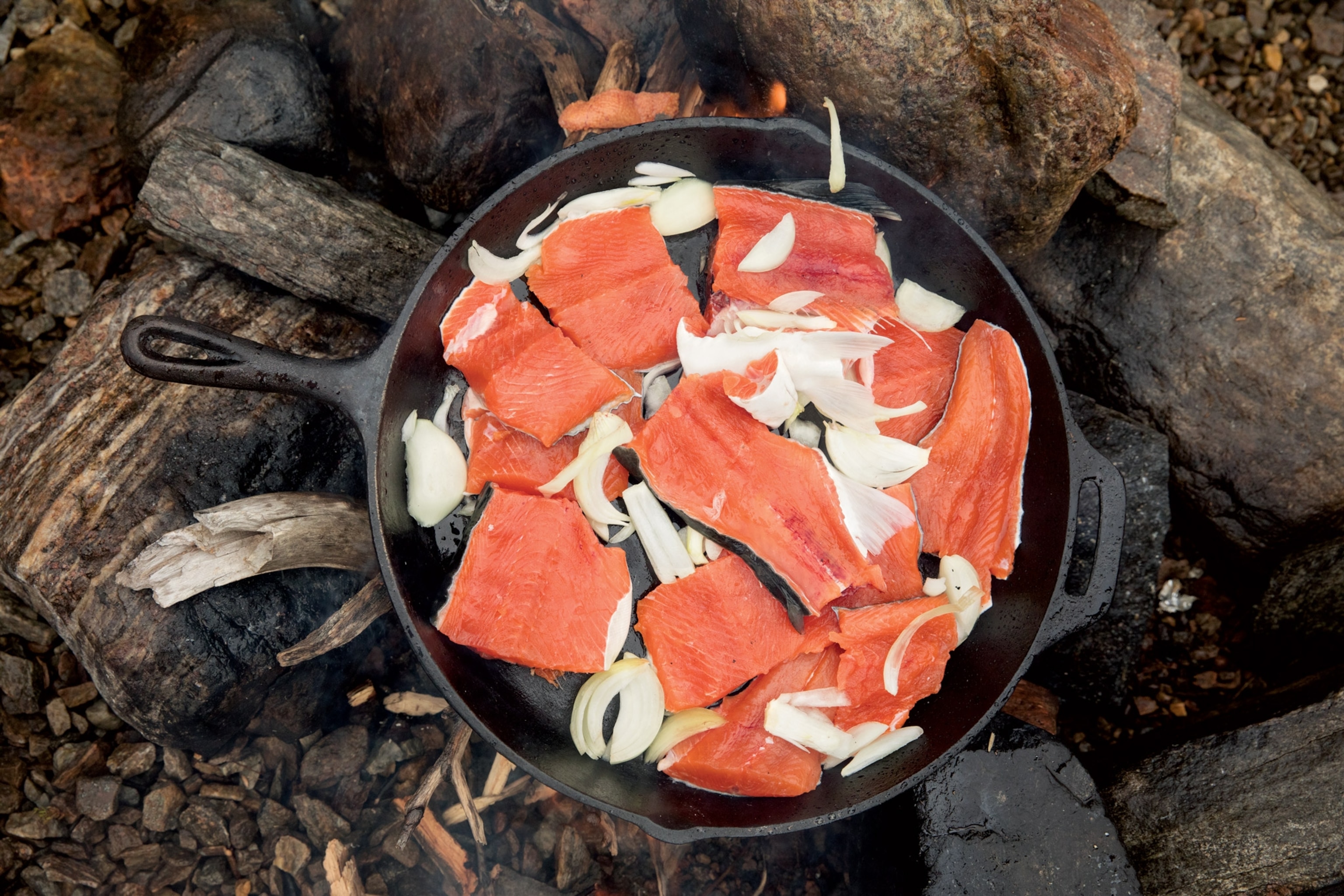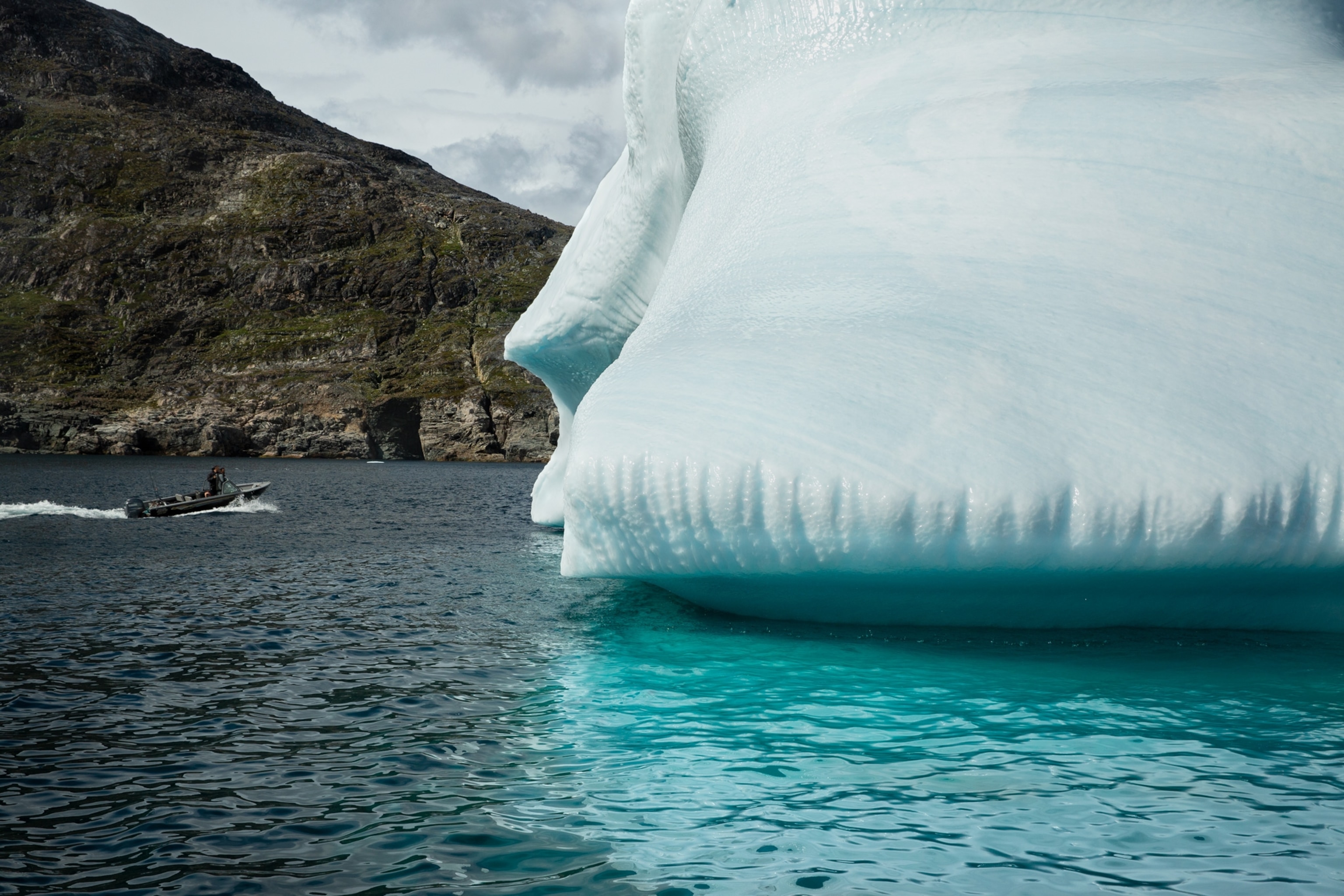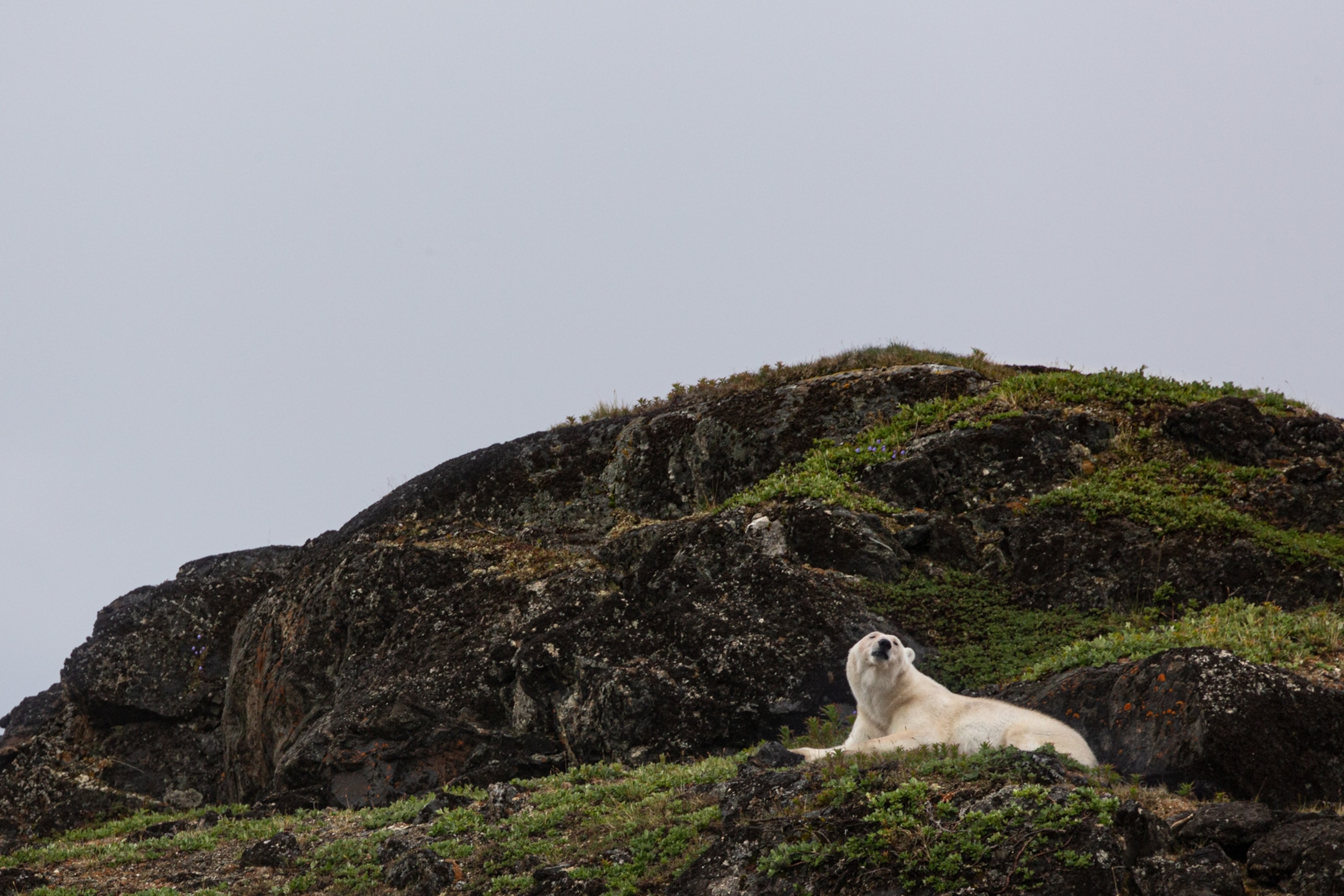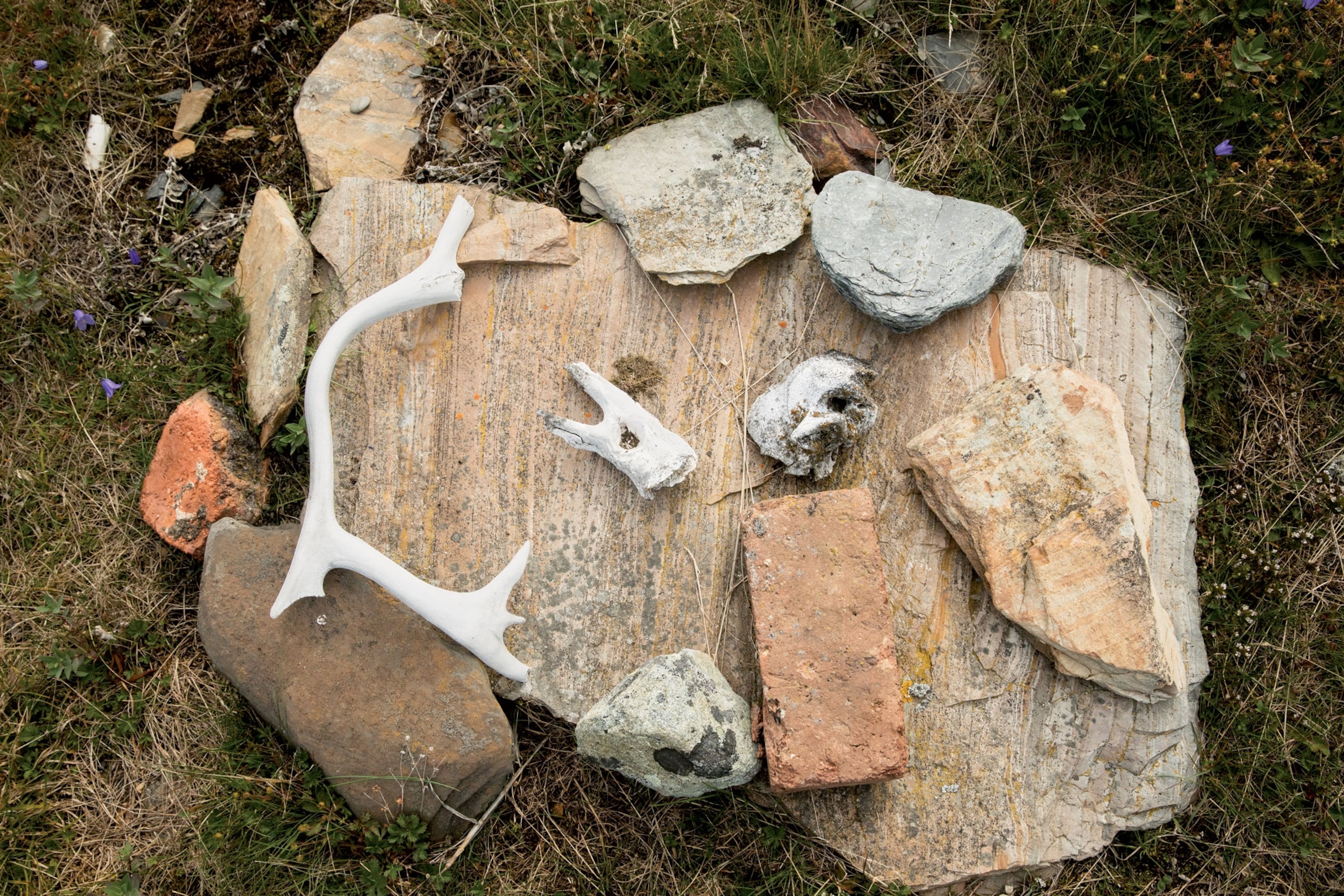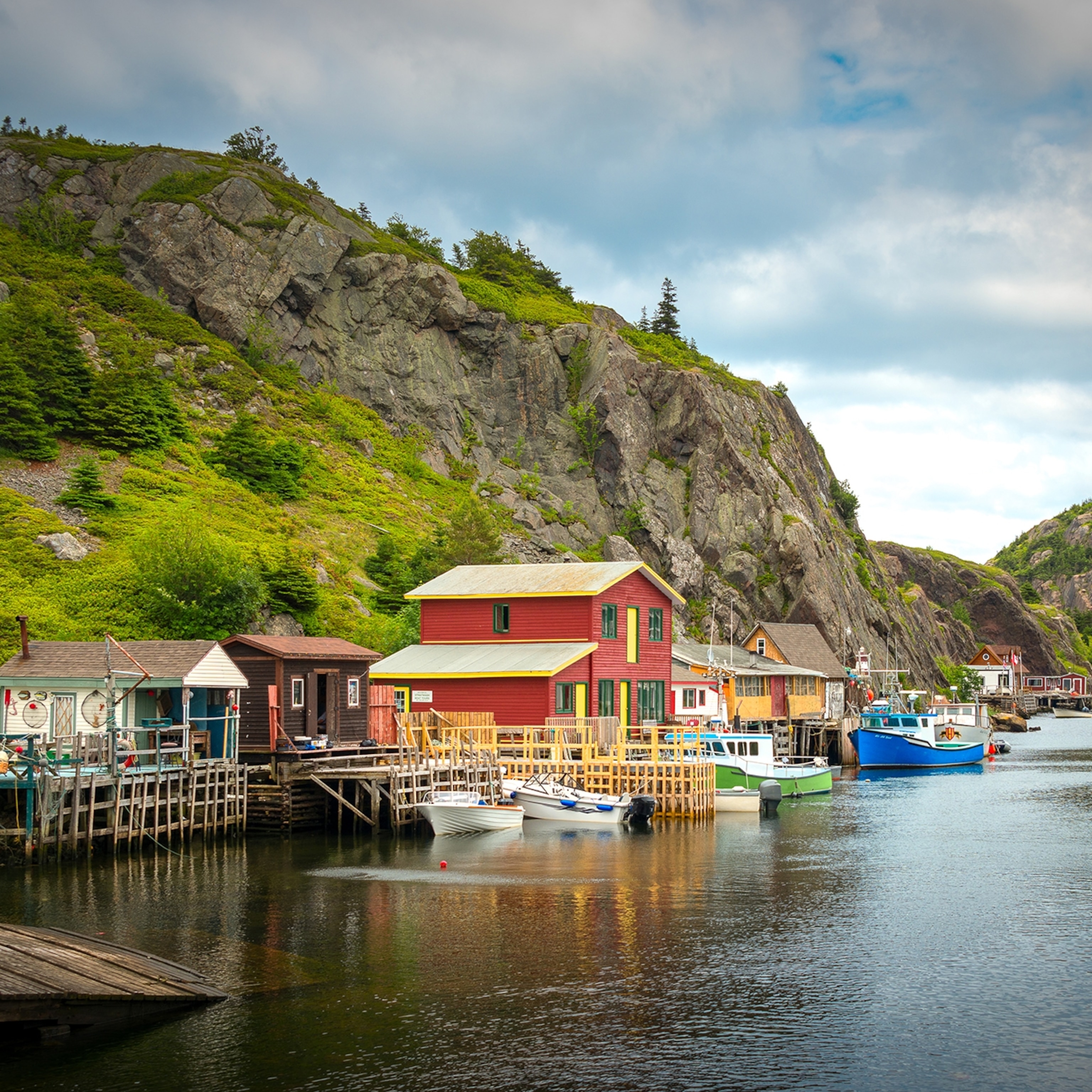
Escape to Canada’s pristine ‘place of spirits’
Seeking solitude? Fewer than 600 people visit Torngat Mountains National Park each year.
From deep in an ink-blue fjord a minke whale surfaces, as if to prove that this “place of spirits” on the northern tip of Canada’s Newfoundland and Labrador province lives up to its Inuktitut name.
The chug of an outboard motor is among the few signs that humans populate the rugged landscape of Torngat Mountains National Park. “Populate” is a loose term: There are no roads or year-round settlements in this sprawling area roughly three times the size of Rhode Island.
When this former reserve became Canada’s 42nd national park in 2008, a small team, staffed entirely by Inuit peoples, became official stewards of a land cooperatively managed by Parks Canada and Nunatsiavut and Nunavik Inuit.
Learn more about Canada’s gorgeous national parks.
For the Inuit, caring for this land is a longstanding tradition; for centuries seasonal groups have lived here, following wildlife, navigating iceberg-dotted coastlines and rocky islands, and braving unpredictable weather.
But the growth of tourism and the priority of protecting public lands has placed this remote region within reach of travelers. Don’t worry about being crowded out: Fewer than six hundred visit each year.
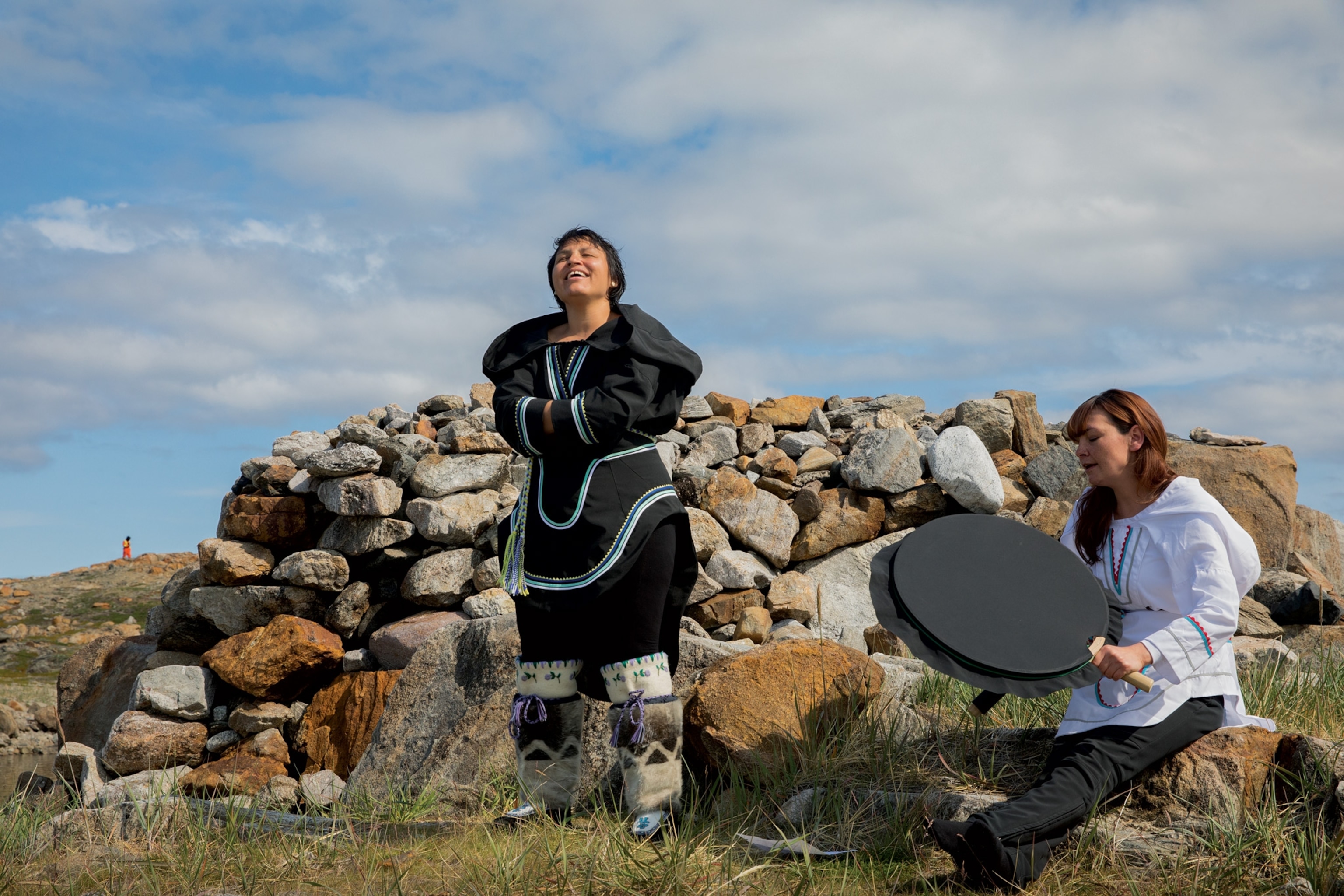
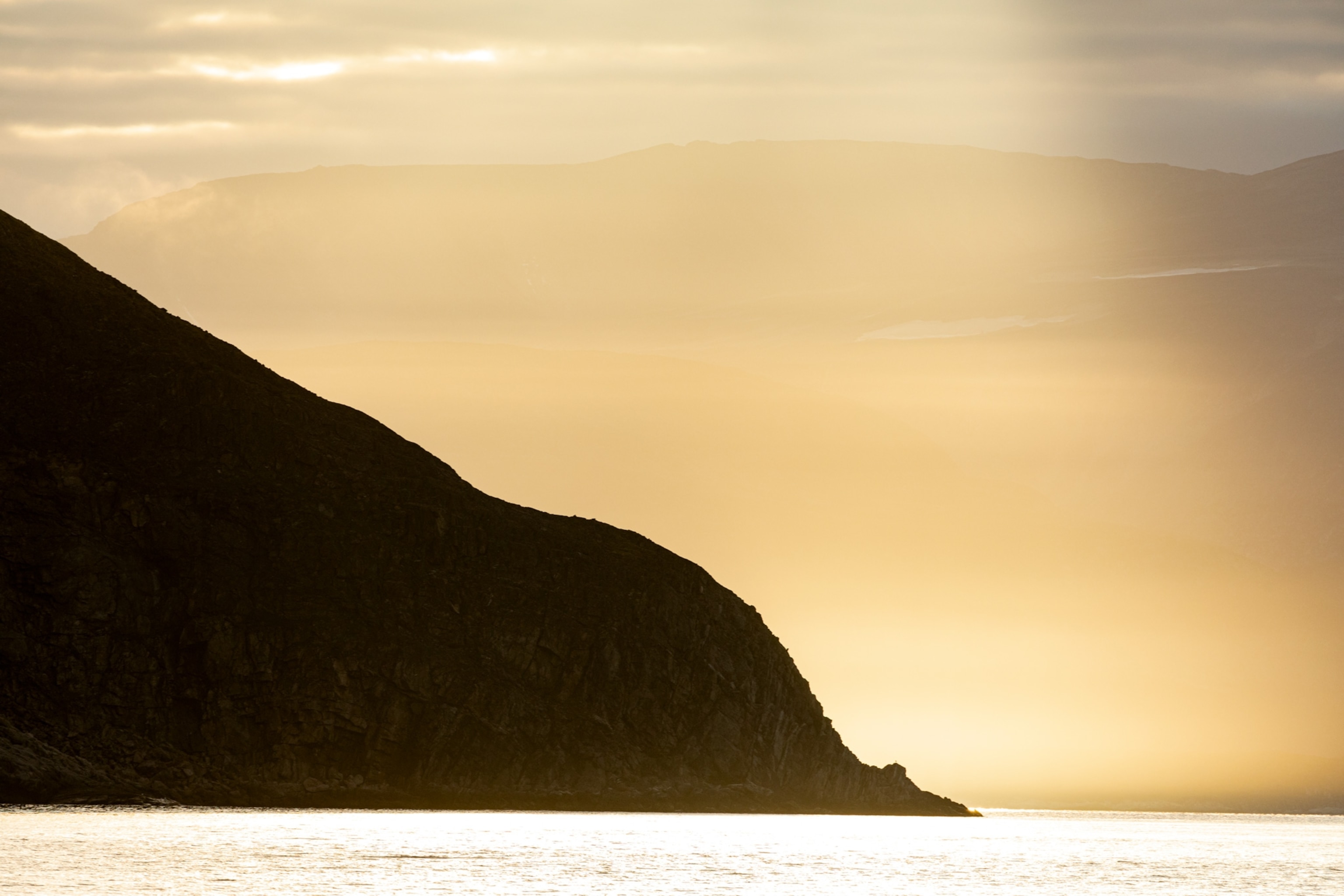
Communing with nature
Those who make the effort to reach this spirited place find an unspoiled landscape, where the wind whistles across some of Canada’s oldest rocks as caribou pause on barren mountain slopes.
“I don’t think people understand the strong connection Inuit have to the land,” says Jillian Larkham, tourism director at Nunatsiavut Government, the first Inuit regional governmental body in Newfoundland and Labrador. “Once you go to Torngat, out of cell service, you have a more meaningful outlook.”
But what do you do with all this space? You follow the rocks.
While there are no formal trails in the park, Inuit have historically used rock cairns called inuksuit to mark routes (visitors are not allowed to build them).
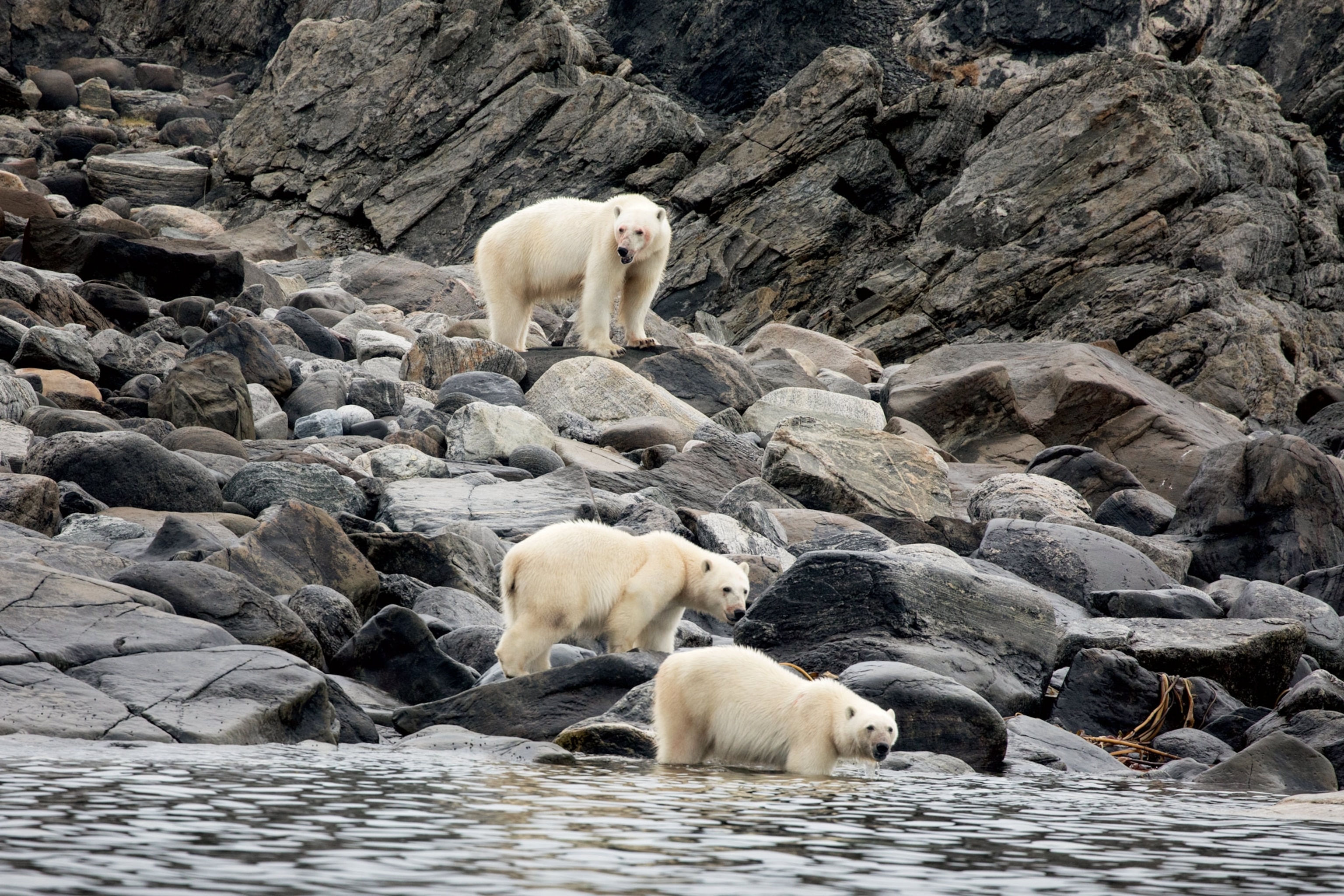
Due to the prevalence of bears, hikers are discouraged from exploring alone. “There is an abundance of polar bears in the area and visitors are pretty much guaranteed to see one,” says park superintendent Gary Baikie.
To keep visitors safe, armed Inuit bear guards lead excursions. “They have a lot of knowledge of hunting and of bear activity” passed down through the generations, Baikie says.
All hikes start at the north arm of Saglek Fjord at Silluak, where a rocky beach cradled by steep scree walls (created from rocks sliding down the fjord cliffs) gives way to a broad meadow. Depending on bear sightings and weather, routes can change.
In warmer seasons a faded path leads from the beach, through low shrubs and white flowers bobbing in the breeze. Hikers carefully cross a narrow ravine to a peaceful glacial lake ringed by fine golden sand, bear prints toeing the water’s edge.
Here’s how to plan a trip to Newfoundland and the Labrador Coast.

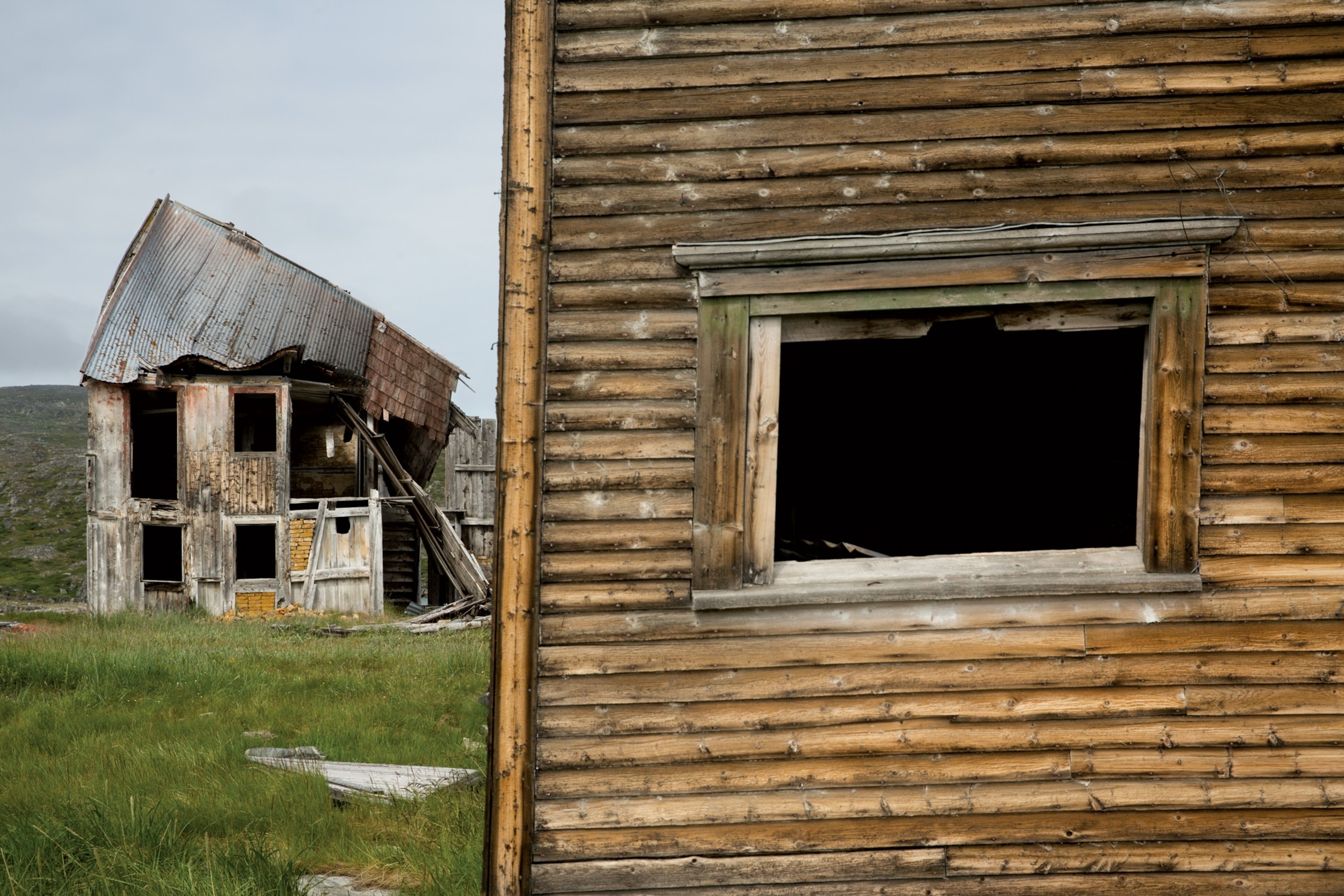
Remembering the past
A visit to Torngat wouldn’t be complete without stops at Sallikuluk and Hebron, where important cultural sites bring Inuit history in Torngat to life.
At Sallikuluk, cultural guides shed light on remnants of tent rings and sod houses, signs of the community that lived on the island for 5,000 years. On a hill overlooking the bay, a sacred burial site holds the graves of more than 600 Inuit.
Decades ago, the remains of 113 people were removed from the cemetery without Inuit permission and stored at the University of Toronto for research purposes. Those remains were finally returned in 1995, after a committee of Inuit elders was established to prevent something similar from happening again.
Back on the mainland, just south of the park, Hebron Mission National Historic Site of Canada commemorates the Inuit who lived here with Moravian missionaries from 1831 to 1959.
After Newfoundland and Labrador joined Canada, Inuit in northern communities were forcibly resettled farther south along the coast (Nunatsiavut) or to northern Quebec (Nunavik).
The move was devastating to an already vulnerable Inuit community trying to assimilate to mission life. They left behind homes and the 1830s Moravian mission church, which fell into disrepair. “My parents always wanted to go back,” says Gus Semigak. “They never got to.”
Now Semigak is among the descendants who have returned to Hebron to honor their ancestors and restore the church for future generations. As a bear guard, he helps visitors navigate these Arctic lands and shares his family’s story, as the sound of hammers reverberates through the air.
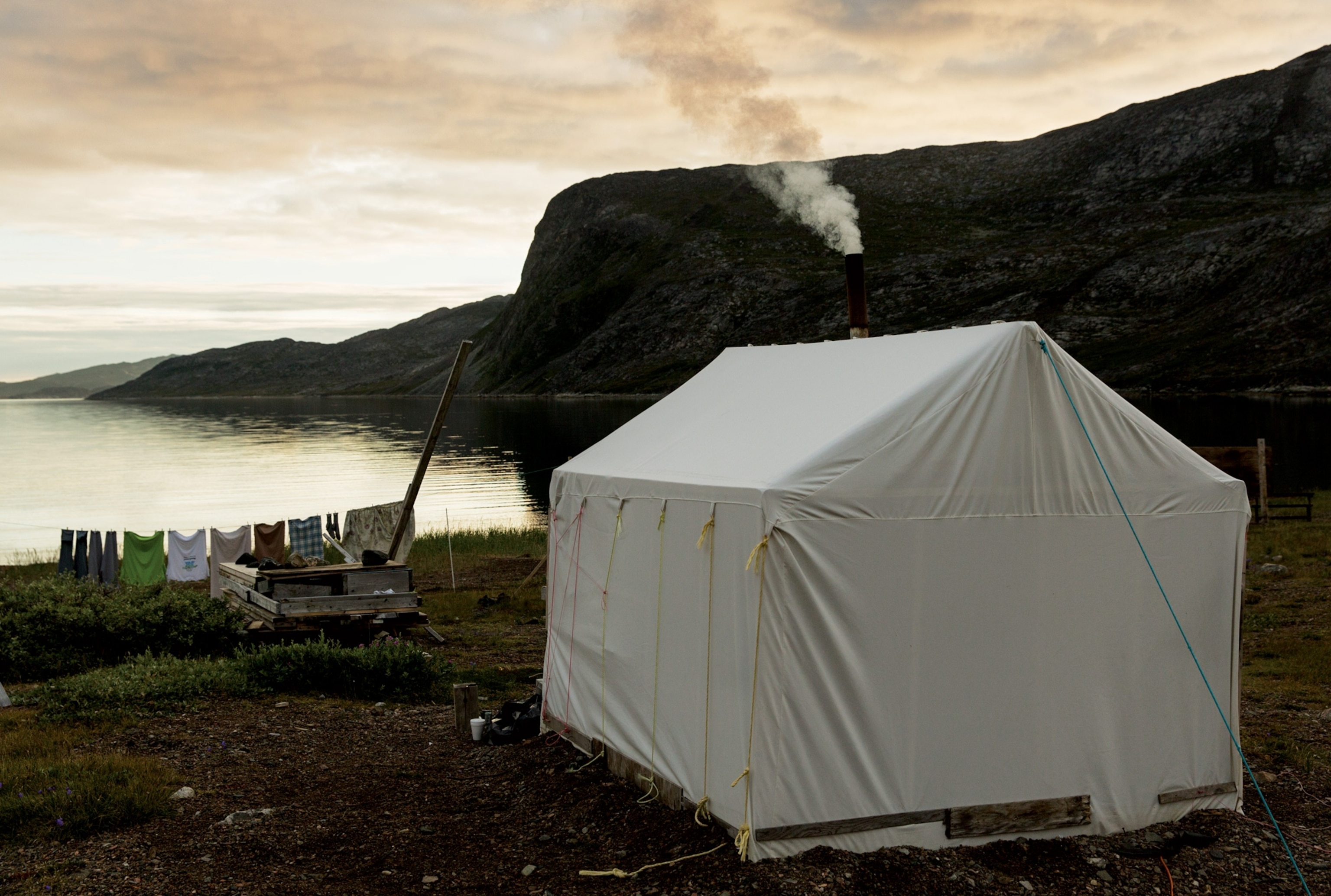
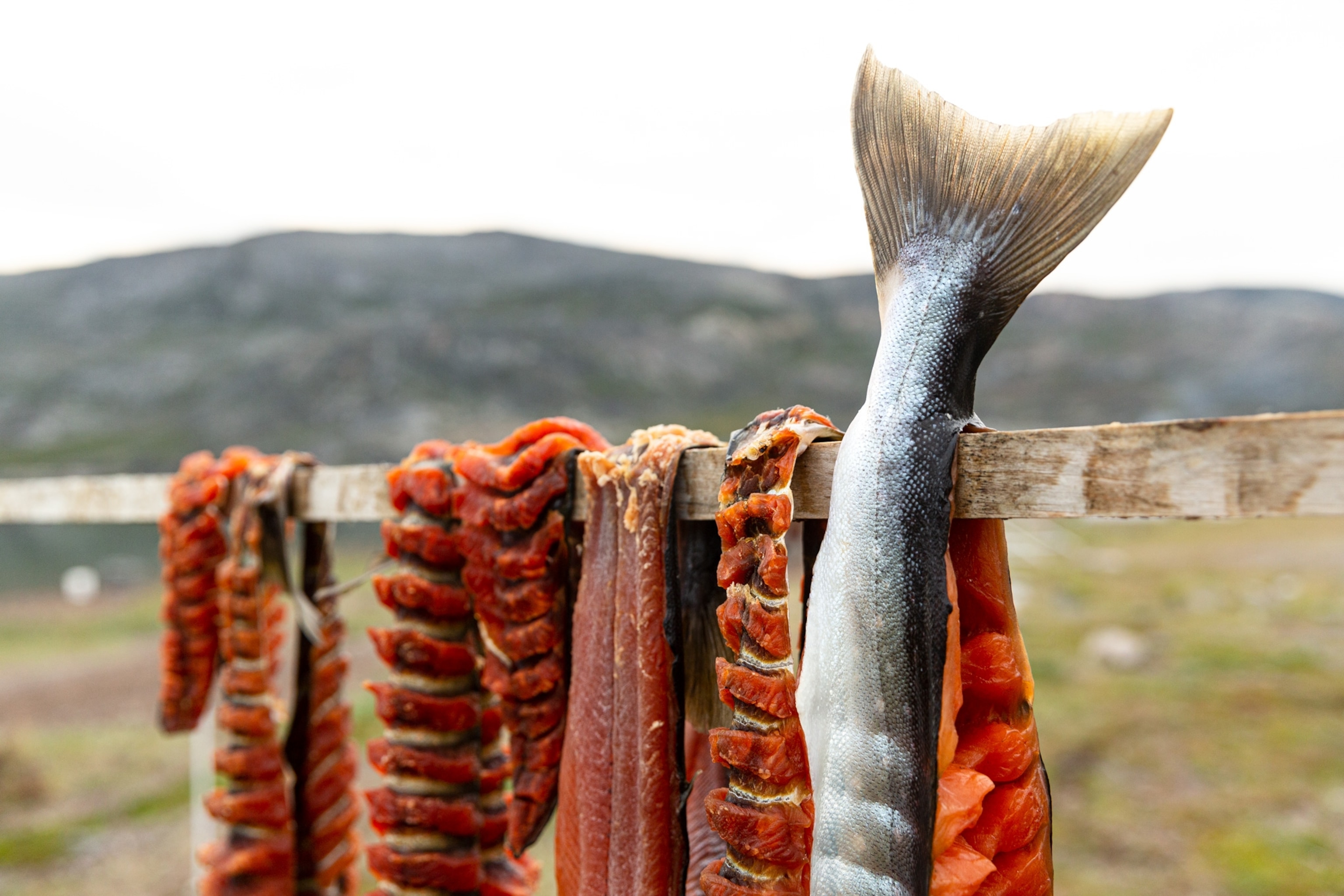
How to go
What to know: All visitors must obtain permits, register their visit, and complete an orientation session before they can explore the park. Firearms are not allowed.
How to get there: The park is open year-round, but expedition-style cruise ships, charter planes, and helicopters run only in summer. Schedules can change, due to weather.
How to book: PAL Airlines offers daily service to Goose Bay Airport, where visitors can pick up boat or helicopter transport to Torngat Mountains Base Camp & Research Station (see below). Contact Parks Canada for a list of local operators.
Where to stay: Inuit-owned and -managed Torngat Mountains Base Camp & Research Station is the safest place to stay. Open a few weeks each summer, the station has insulated dome-shaped shelters surrounded by a seven-foot-high electric fence keeping polar bears out. Base camp meals are served communally; researchers, and Nunatsiavut and Nunavik youth and elders sit elbow to elbow with visitors, conversations lasting as long as the summer sun.
Multi-day packages start at about $5,098 (U.S.) and include a round-trip charter flight from Goose Bay Airport and a boat ride to Kangidluasuk (St. John’s Harbour), where base camp is located.
- National Geographic Expeditions
